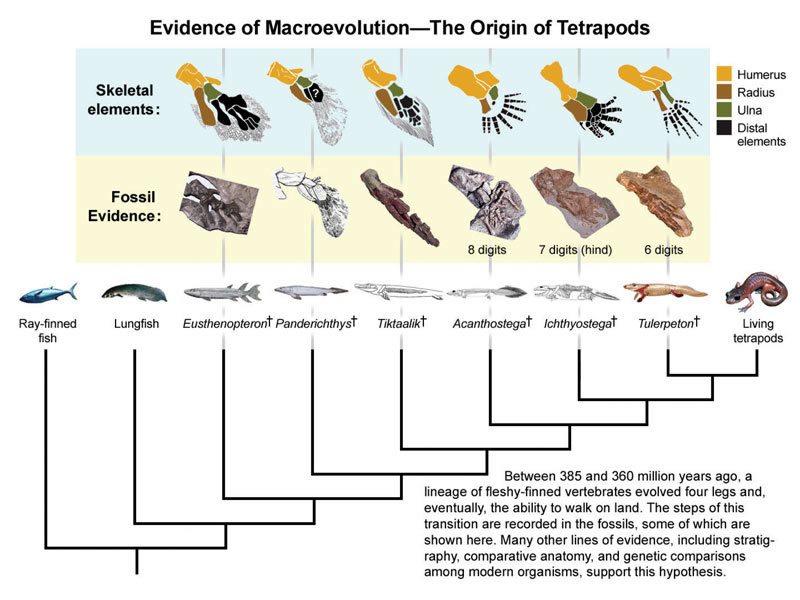Fixed?Gaborn said:Sex is enjoyable because enjoying sex was a trait that made a species more likely to continue thus individuals that enjoyed engaging in sex were more likely to take off their jeans.
Edit: I hate getting top of the new page with an unsubstantial post. Here's more info about potential evolutionary advantages of homosexuality instead.
Male Homosexuality Can Be Explained Through A Specific Model Of Darwinian Evolution, Study Shows
ScienceDaily (June 18, 2008) An Italian research team, consisting of Andrea Camperio Ciani and Giovanni Zanzotto at the University of Padova and Paolo Cermelli at the University of Torino, found that the evolutionary origin and maintenance of male homosexuality in human populations could be explained by a model based around the idea of sexually antagonistic selection, in which genetic factors spread in the population by giving a reproductive advantage to one sex while disadvantaging the other.
Male homosexuality is thought to be influenced by psycho-social factors, as well as having a genetic component. This is suggested by the high concordance of sexual orientation in identical twins and the fact that homosexuality is more common in males belonging to the maternal line of male homosexuals. These effects have not been shown for female homosexuality, indicating that these two phenomena may have very different origins and dynamics.
Male homosexuality is difficult to explain under Darwinian evolutionary models, because carriers of genes predisposing towards male homosexuality would be likely to reproduce less than average, suggesting that alleles influencing homosexuality should progressively disappear from a population. This changed when previous work by Camperio Ciani and collaborators, published in 2004, showed that females in the maternal line of male homosexuals were more fertile than average.
Challenged by all these empirical data, the authors of the new study considered a range of different hypotheses for the genetic diffusion of male homosexuality. These included: the genetic maternal effects on sons, the heterozygote advantage (as is found in malaria resistance), and "sexually antagonistic selection." The latter is a particular aspect of Darwinian evolution, in which genetic factors spread in the population by giving a reproductive advantage to one sex while disadvantaging the other. This type of evolution has been previously found in insects, birds, and some mammals, but never in humans.
To discover and clarify the dynamics of the genetic factors for homosexuality, the researchers had to screen a large set of models and exclude them one by one. They concluded that the only possible model was that of sexually antagonistic selection. The other models did not fit the empirical data, either implying that the alleles would become extinct too easily or invade the population, or failing to describe the distribution patterns of male homosexuality and female fecundity observed in the families of homosexuals. Only the model of sexually antagonistic selection involving at least two genes -- at least one of which must be on the X chromosome (inherited in males only through their mother) -- accounted for all the known data.
The results of this model show the interaction of male homosexuality with increased female fecundity within human populations, in a complex dynamic, resulting in the maintenance of male homosexuality at stable and relatively low frequencies, and highlighting the effects of heredity through the maternal line.
These findings provide new insights into male homosexuality in humans. In particular, they promote a focus shift in which homosexuality should not be viewed as a detrimental trait (due to the reduced male fecundity it entails), but, rather, should be considered within the wider evolutionary framework of a characteristic with gender-specific benefits, and which promotes female fecundity. This may well be the evolutionary origin of this genetic trait in human beings.
The possible widespread occurrence of sexually antagonistic characteristics in evolutionary processes, which play their evolutionary game by giving a fecundity benefit to one sex while disadvantaging the other, has only recently begun to be appreciated. This is understood as a key mechanism through which high levels of genetic variation are maintained in biological populations.
Male homosexuality is just the first example of an unknown number of sexually antagonistic traits, which contribute to the maintenance of the natural genetic variability of humans. The new perspectives opened by the models developed for sexually antagonistic selection may also contribute to a better understanding of most genetically-based sexual conflicts, which are, at present, poorly understood in humans.
An unexpected implication of the new models concerns the impact that the sexually antagonistic genetic factors for male homosexuality have on the overall fecundity of a population. The findings suggest that the proportion of male homosexuals may signal a corresponding proportion of females with higher fecundity. Consequently, these factors always contribute, all else being equal, a positive net increase of the fecundity of the whole population, when compared to populations in which such factors are lower or absent. This increase grows as the population baseline fecundity decreases; this means that the genes influencing male homosexuality end up playing the role of a buffer effect on any external factors lowering the overall fecundity of the whole population.






